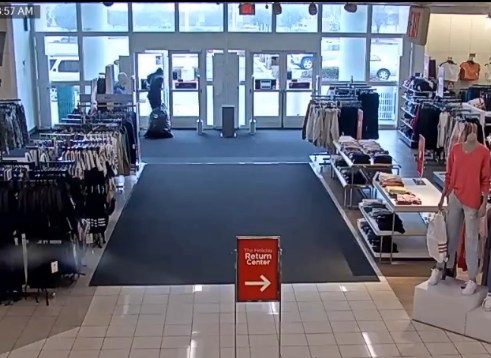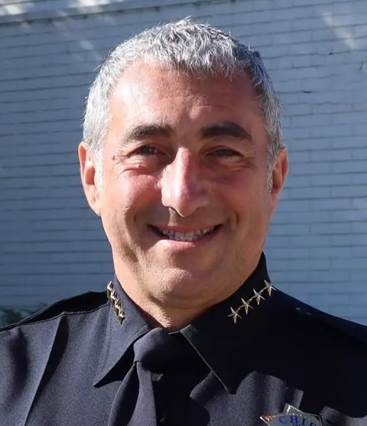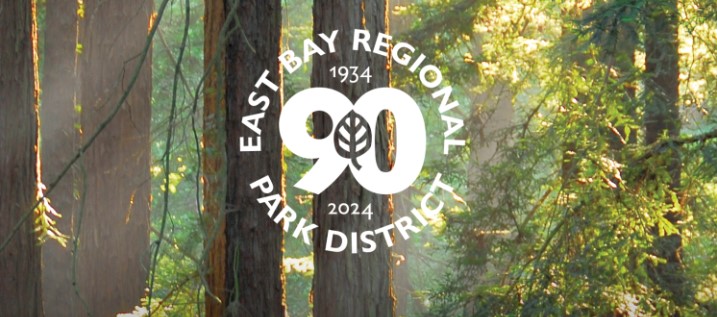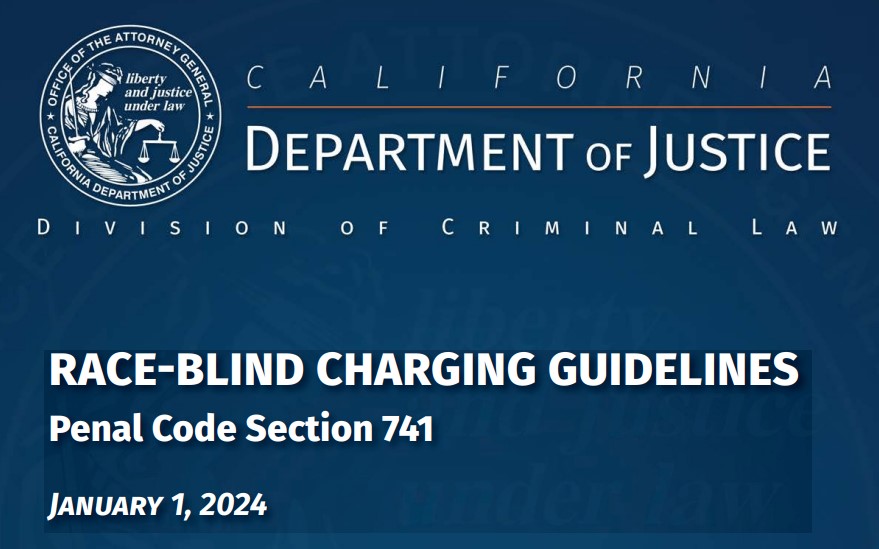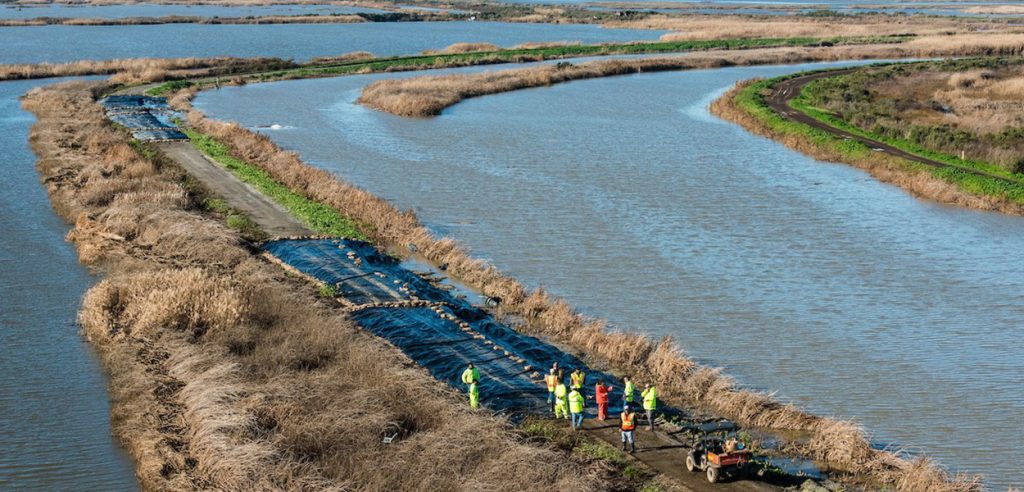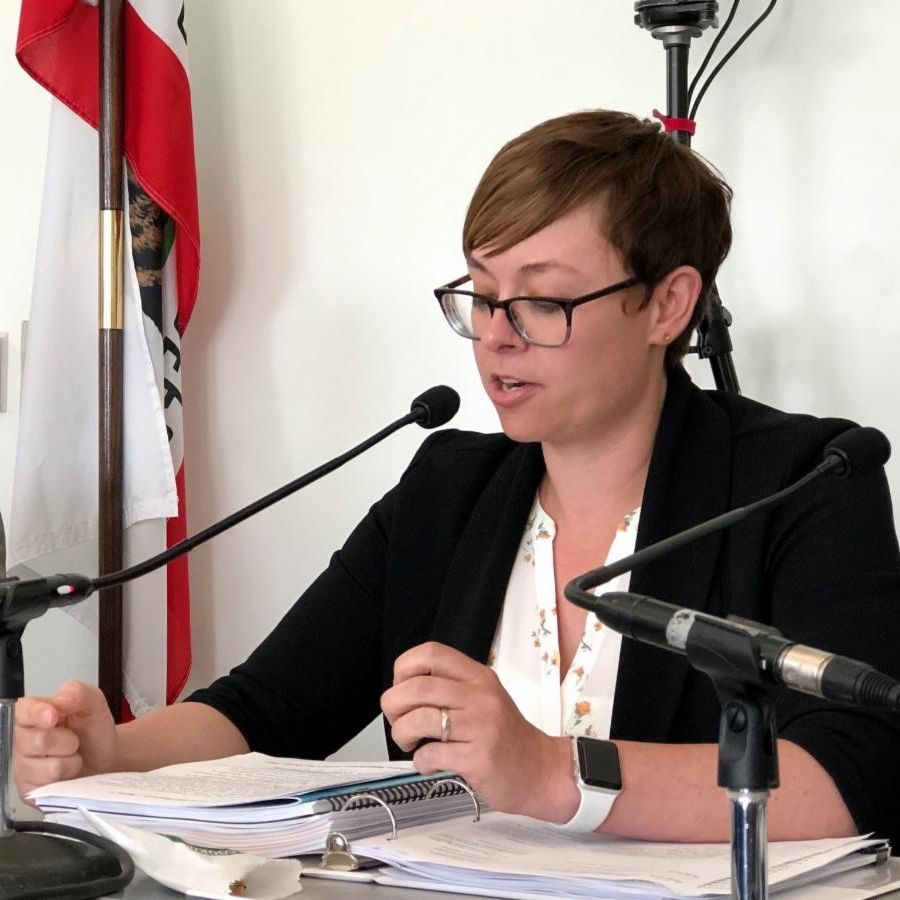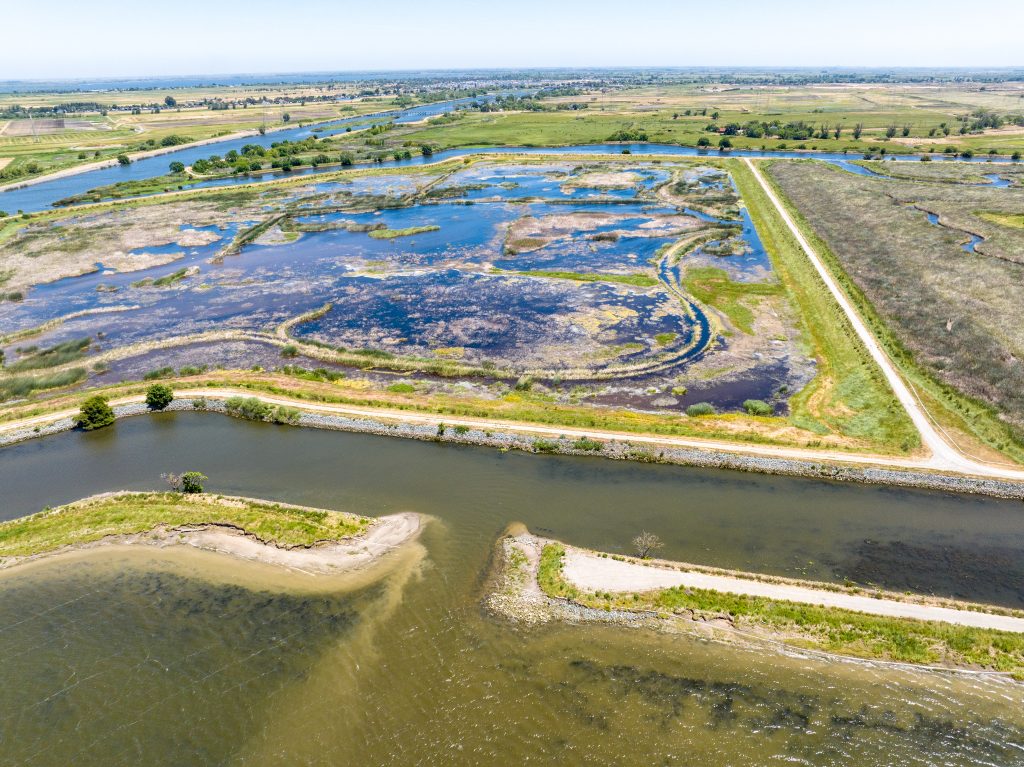Travis Credit Union Foundation opens Financial Coaching Grant applications for non-profits
Monday, January 8th, 2024
Newly launched program will empower organizations in Northern California with $117,000 in funding
Travis Credit Union Foundation announces that applications are open today for its 2024 Financial Coaching Grants program. The Financial Coaching Grant aims to strengthen nonprofit organizations and create a network of financial coaches that empower communities in Northern California with increased financial literacy. Each grant will total $30,000 for general operating support and up to $9,000 in professional development for nonprofit staff. There are three grants available in 2024. Those interested in applying can start here.
Eligibility requirements are:
- Organizations benefitting people in the counties of Napa, Solano, Yolo, Contra Costa, and Merced
- Organizations classified as public charities
- Organizations with the ability to reach diverse communities to include those that are unbanked/underserved
- Organizations that do not discriminate by race, color, religion (creed), gender, gender expression, age, national origin, disability, marital status, sexual orientation, or military status
- Organizations with the capacity to allocate time and resources for two staff members to become financial coaches (self-study) and provide ten or more one-hour financial coaching sessions to beneficiaries each month
- Organizations that are willing to promote their participation in the Financial Coaching Grant Program and acknowledge funding received from Travis Credit Union Foundation in traditional and social media
“We believe in the power of financial education to transform lives,” said Damian Alarcon, president of Travis Credit Union Foundation. “This program is about making a tangible difference. By partnering with other nonprofits and ‘training the trainer,’ we aim to create a ripple effect of positive change, ultimately contributing to the financial wellness of the entire community.”
Those who apply and are selected as coaches will undergo a comprehensive three to five month self-study training through the Credit Union National Association (CUNA) / Financial Counseling for Empowerment Program (FICEP). Upon completing the Financial Coaching Course, coaches will be equipped to address a wide range of financial topics, from summarizing saving principles to educating community members about credit reports, credit scores, and wise use of tax refunds.
The TCU Foundation is committed to supporting nonprofits throughout the grant’s lifetime, ensuring that financial wellness outcomes are achieved. The foundation will monitor financial coaching goals, metrics, and outcomes related to reduced debt, increased savings and established and/or improved credit scores. Renewal preferences are given to non-profits with a demonstrated record of coaching more beneficiaries.
The grant application will close on February 8, 2024 at 11:59 pm PST.
About Travis Credit Union Foundation
The Travis Credit Union Foundation supports financial education and wellness initiatives and is the philanthropic arm of Travis Credit Union. The Foundation is committed to making a positive impact in the communities it serves through financial education, charitable giving, and community support. Travis Credit Union generously funds the administrative costs of the Travis Credit Union Foundation, allowing for 100% of funds raised to go back to the community. To learn more about the Travis Credit Union Foundation’s mission and how to participate in all it’s doing to build financial wellness in the communities it serves, visit tcufund.org.











